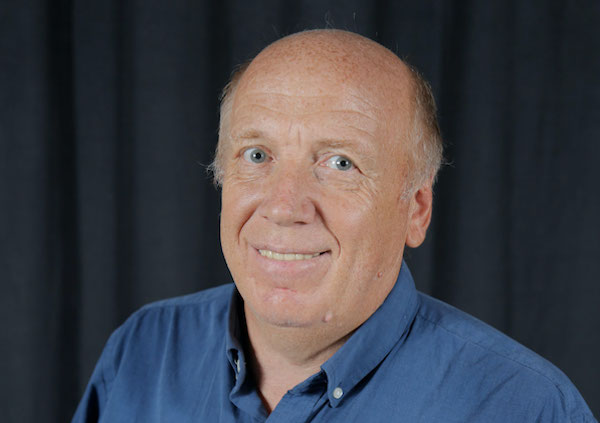LU physics instructor receives highly competitive grant from the National Science Foundation
August 12, 2022 | by Shelbe Rodriguez
Dr. Evgeny Romashets, instructor of physics, has been awarded a $219,902 grant from the National Science Foundation’s Coupling, Energetics and Dynamics of Atmospheric Regions program to study current streamlines and charged particles’ trajectories in the ionosphere, the upper atmosphere stretching from 50 to 400 miles above Earth's surface.
The CEDAR program supports research with the goal of understanding the behavior of atmospheric regions from the middle atmosphere upward through the thermosphere and ionosphere into the exosphere in terms of coupling, energetics, chemistry and dynamics on regional and global scales.

“This is a very significant grant awarded by a highly competitive program,” said Dr. Jerry Lin, atmospheric scientist and associate provost for Research and Sponsored Programs at LU. “The observational and modeling data that describe what’s happening in the upper atmosphere had been lacking because of the cost and challenges in making measurements as well as the knowledge gaps at this altitude of the atmosphere.”
Romashets believes this problem can be solved with the Euler potential method which enables the definition of each magnetic field line and monitors its changes over time for predicting the formation and evolution of field-aligned currents. The application above and the development of new methods for specific situations in the ionosphere will provide the theoretical basis for limited observational data and greatly reduce the uncertainty in numerical simulations of the ionospheric currents.
Field aligned currents and associated shell currents in the ionosphere are one of the fastest growing areas of research. In addition to using Euler potentials, a physical quantity that describes magnetic fields, Romashets project, “CEDAR: Euler Potentials for Field-Aligned and Shell Currents in the Ionosphere,” will engage undergraduate researchers in the study of field-aligned currents in the ionosphere and allow students to learn how to analyze and interpret ionospheric data. A series of workshops also will be organized with a focus of recruiting minority students into the Physics discipline.
“Until recently, the Euler potentials were a subject for theoretical debates rather than the tool for studies of magnetosphere - ionosphere coupling,” Romashets said. “Our work, in collaboration with colleagues from the Czech Republic, shows that there is an effective method to estimate the Euler potentials for any magnetic field configurations. Now, we are looking forward to applying the method for the ionosphere.”
The CEDAR program supports research with the goal of understanding the behavior of atmospheric regions from the middle atmosphere upward through the thermosphere and ionosphere into the exosphere in terms of coupling, energetics, chemistry and dynamics on regional and global scales.

“This is a very significant grant awarded by a highly competitive program,” said Dr. Jerry Lin, atmospheric scientist and associate provost for Research and Sponsored Programs at LU. “The observational and modeling data that describe what’s happening in the upper atmosphere had been lacking because of the cost and challenges in making measurements as well as the knowledge gaps at this altitude of the atmosphere.”
Romashets believes this problem can be solved with the Euler potential method which enables the definition of each magnetic field line and monitors its changes over time for predicting the formation and evolution of field-aligned currents. The application above and the development of new methods for specific situations in the ionosphere will provide the theoretical basis for limited observational data and greatly reduce the uncertainty in numerical simulations of the ionospheric currents.
Field aligned currents and associated shell currents in the ionosphere are one of the fastest growing areas of research. In addition to using Euler potentials, a physical quantity that describes magnetic fields, Romashets project, “CEDAR: Euler Potentials for Field-Aligned and Shell Currents in the Ionosphere,” will engage undergraduate researchers in the study of field-aligned currents in the ionosphere and allow students to learn how to analyze and interpret ionospheric data. A series of workshops also will be organized with a focus of recruiting minority students into the Physics discipline.
“Until recently, the Euler potentials were a subject for theoretical debates rather than the tool for studies of magnetosphere - ionosphere coupling,” Romashets said. “Our work, in collaboration with colleagues from the Czech Republic, shows that there is an effective method to estimate the Euler potentials for any magnetic field configurations. Now, we are looking forward to applying the method for the ionosphere.”